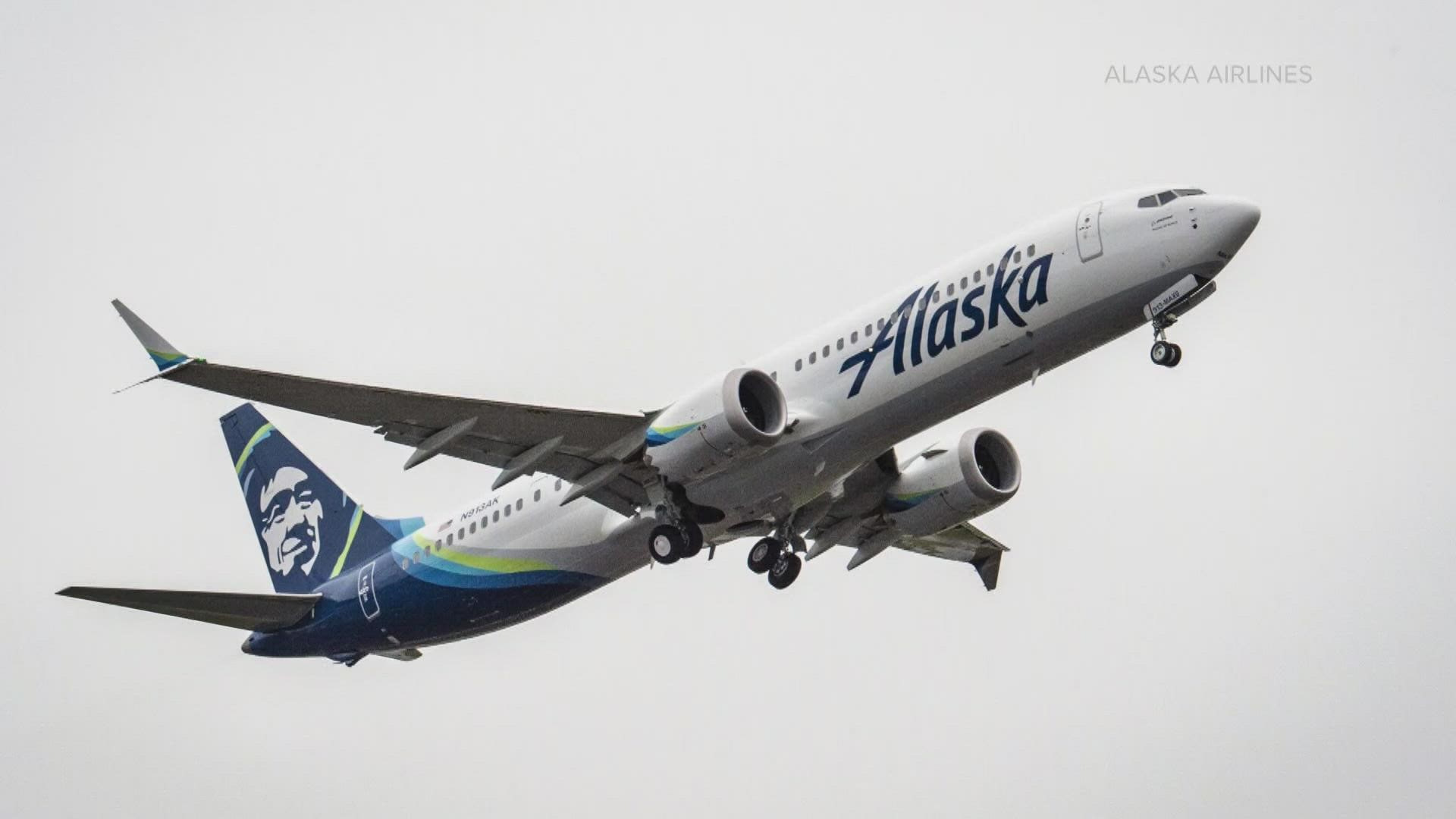As expected, the Federal Aviation Administration issued an emergency airworthiness directive Wednesday telling pilots of Boeing 737 MAX 8 and 9 airplanes how to deal with an unexpected change in their flight controls.
The focus is on one of the plane’s instruments known as the angle of attack (AOA) sensor, which tells the pilot if the plane’s angle is nose up, nose down, or level relative to the air it’s moving through.
“If an erroneously high single angle of attack (AOA) sensor input is received by the flight control system, there is a potential for repeated nose-down trim commands of the horizontal stabilizer,” the directive reads.
Trim refers to the movement of the horizontal tail of the airplane, which is controlled from the cockpit or by the auto pilot.
The FAA says this position could “lead to excessive nose-down attitude, significant altitude loss, and possible impact with terrain.”
The directive came out of the investigation into the crash of a brand-new Lion Air 737 MAX 8 in Indonesia on October 29. In the crash, telemetry broadcast from the plane indicated it nosed over and headed straight into the Java Sea at high speed just minutes after taking off from the airport. All 189 people on board were killed. The flight data recorder was recovered by Indonesian authorities providing a lot more information to investigators.
The directive pertains to some 246, 737 MAX aircraft now flying worldwide. About 45 of those planes belong to U.S. airlines, including Southwest, American, and United. Alaska Airlines has the jets on order but isn’t expected to receive any until 2019.
The order does not apply to thousands of older model 737- 700, 800, and 900 jets known as NGs.
The FAA says pilots should be able to deal with the situation in the cockpit under their training to deal with runaway trim situations to keep the aircraft under control.
Boeing has not yet announced a fix for the situation.



